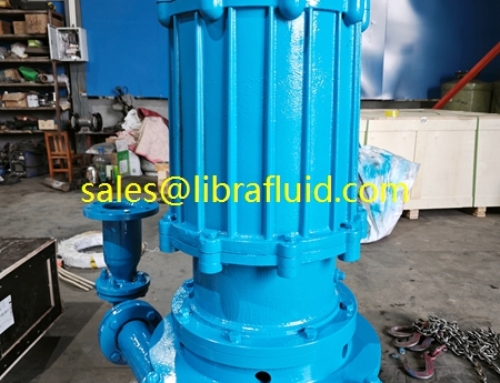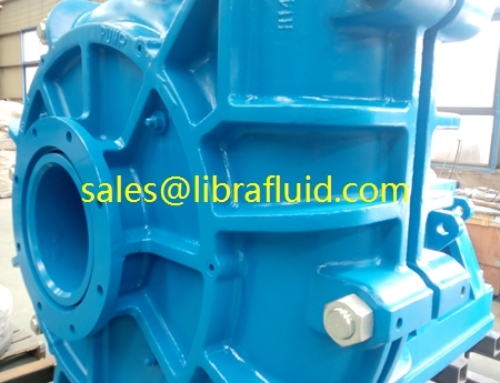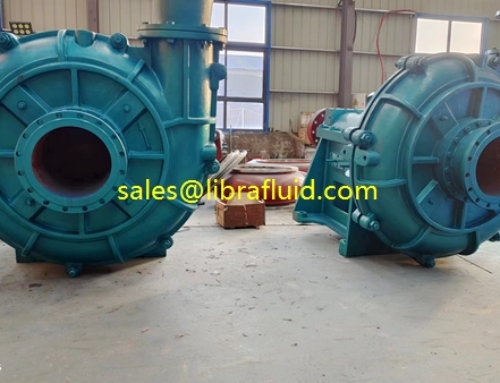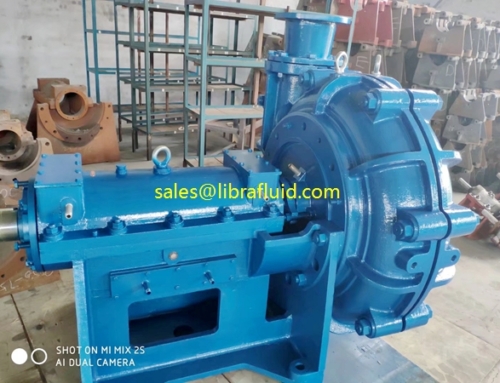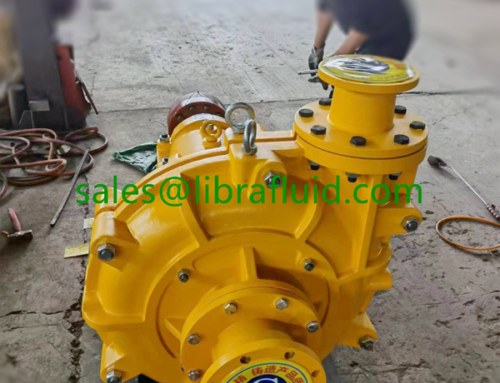Centrifugal slurry pumps are a type of industrial pump commonly used in the mining, chemical, and oil and gas industries. These pumps are designed to move abrasive fluids, such as slurries, which can be difficult to handle with traditional pumps due to their high viscosity and solid content.
So, what exactly are centrifugal slurry pumps, and how do they work? In this article, we’ll explore the basics of centrifugal slurry pumps and their operation.
What Are Centrifugal Slurry Pumps?
Centrifugal slurry pumps are a type of pump that uses centrifugal force to move fluids. They are designed to handle fluids with high concentrations of solids and abrasive materials, such as sand, gravel, and minerals. These pumps are typically used in the mining and minerals processing industries, where slurries are a common byproduct of mineral extraction and processing.
Centrifugal slurry pumps are made up of several key components, including an impeller, a casing, and a shaft. The impeller is the rotating component of the pump that uses centrifugal force to move the fluid. The casing is the stationary part of the pump that encloses the impeller and directs the fluid flow. The shaft connects the impeller to the motor, which provides the power to rotate the impeller.
How Do Centrifugal Slurry Pumps Work?
The operation of a centrifugal slurry pump can be broken down into several steps:
- The fluid enters the pump through the suction inlet, located on the casing.
- As the impeller rotates, it creates a centrifugal force that pushes the fluid towards the outer edges of the impeller.
- The fluid is then directed into the volute, or spiral-shaped casing, which guides the fluid into the discharge outlet.
- The fluid is then discharged from the pump and sent to its destination, such as a processing plant or storage tank.
One of the key features of centrifugal slurry pumps is their ability to handle fluids with high concentrations of solids. This is achieved through the design of the impeller, which features vanes that are wider at the inlet and narrower at the outlet. This design creates a high velocity flow, which helps to keep solids in suspension and prevent clogging.
Another important aspect of centrifugal slurry pump operation is maintaining proper pump performance. This is achieved through regular maintenance, such as checking and adjusting impeller clearances, replacing worn parts, and monitoring pump vibration and temperature.
In conclusion, centrifugal slurry pumps are a vital component of many industrial processes, particularly in the mining and minerals processing industries. Their ability to handle abrasive fluids with high concentrations of solids makes them a crucial tool for efficient and effective operation. Understanding the basics of centrifugal slurry pumps and their operation can help industries select the right pump for their needs and maintain their pumps for optimal performance.
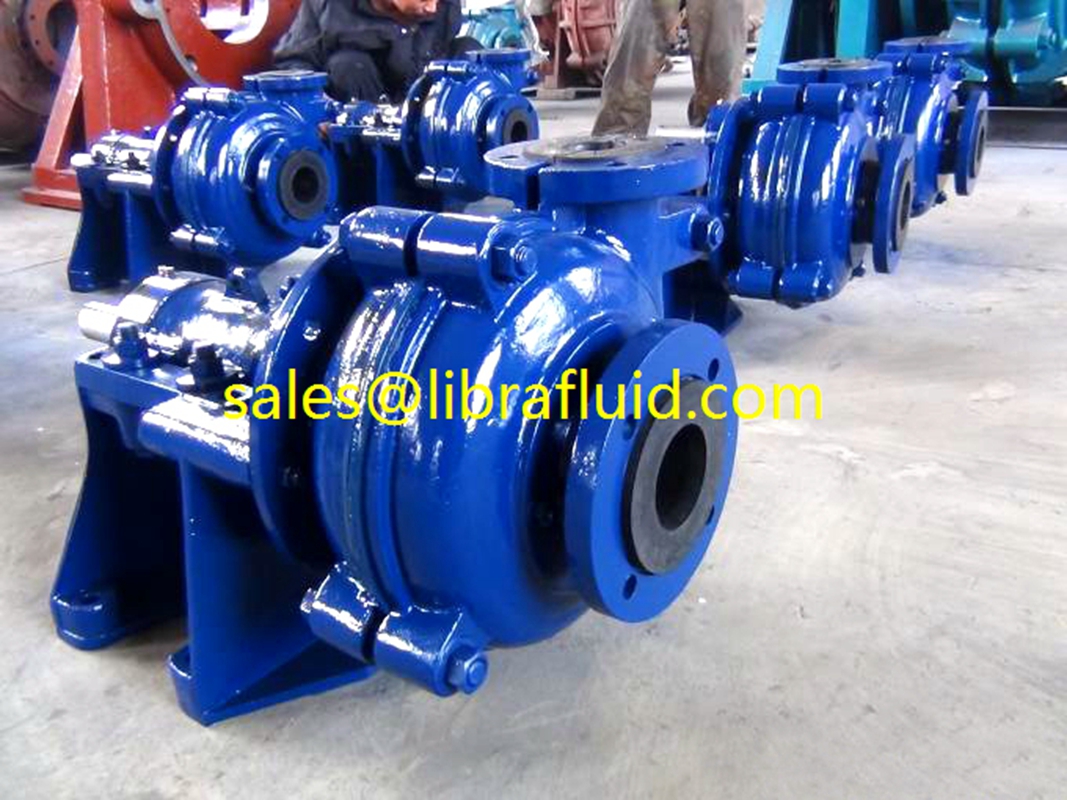
2inch rubber cyclone feed pump

